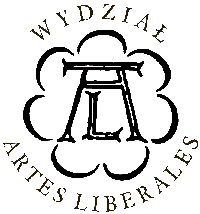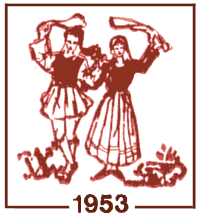The project is financed by the National Science Center and carried out at the Faculty „Artes Liberales” at the University of Warsaw in cooperation with the Dora Stratou Dance Theatre


| Testimony of: | kalamata |
| Source | Κόλλιας 1985, 332 (in EEH, sv. Καγκέλι ή Καγγέλι, p. 233) |
| Original text | Τα Καγγέλια είναι δύο ειδών, το μικρό και το μεγάλο. Παλιότερα, όταν τηρούνταν καταλεπτώς τα έθιμα, το μικρό Καγγέλι χορευόταν με την αγγελία (γι αυτό και λεγόταν Καγγέλι) των αρραβώνων και το μεγάλο Καγγέλι με την αγγελία του γάμου. Οι χορευτές χορεύουν σε κύκλο, χωρίς όμως να πιάνονται από το χέρι καθώς συμβαίνει στους άλλους χορούς. Στο Μεγάλο Καγγέλι, που χορεύεται με την αγγελία του γάμου, οι γυναίκες χορεύουν αντικρυστά με τους άντρες, κρατώντας στα δυό τους χέρια μια καλαμάτα (διακοσμητικό μαντήλι) στο ύψος του κεφαλιού και λίγο πιο πάνω. Κουνούν τα χέρια με το μαντήλι πιασμένο στις δύο άκρες ώστε να παίρνει το σχήμα τριγώνου. |
| English translation | There are two types of Kaggeli: the lesser and the greater. In older times, when traditions were followed thoroughly, the lesser Kaggeli was danced on the occasion of announcement of the engagement (aggelia, which is why it was called Kaggeli), and the greater Kaggeli was danced for the announcement of the wedding. The dancers dance in a circle without holding hands, unlike what happens at other dances. The Greater Kaggeli, which is danced for the announcement of the wedding, is danced by women facing the men, holding a kalamata (decorative kerchief) in both hands, at head level and a little bit higher. They move their hands while holding the kerchief gripped at the two opposing corners and folded into a triangle. |
| Time/occasion of occurence | engagement |
| Region of occurence | Arvanites (ethnic group) |
| Function | decorative, |
| Dance name | Kaggeli |